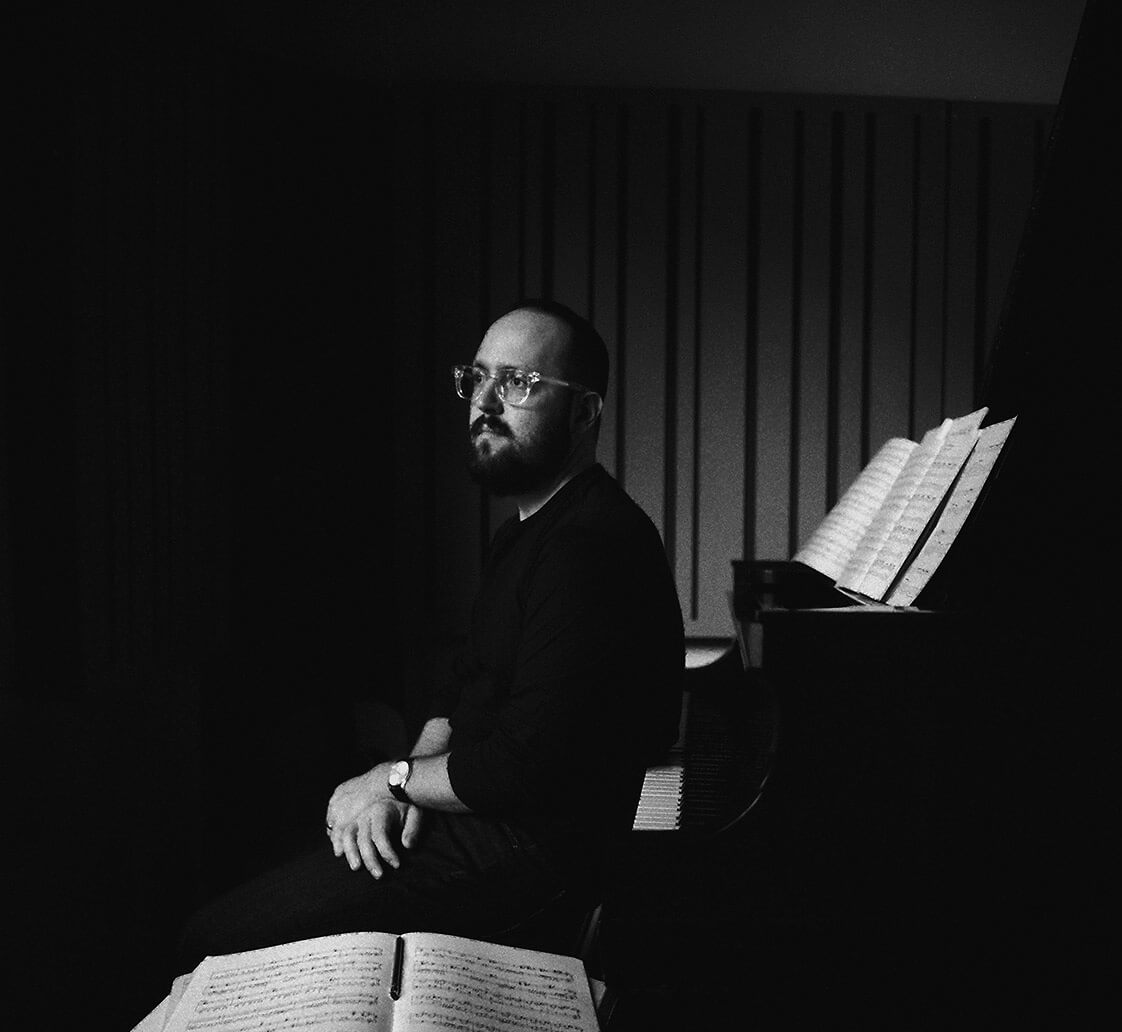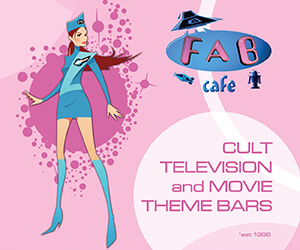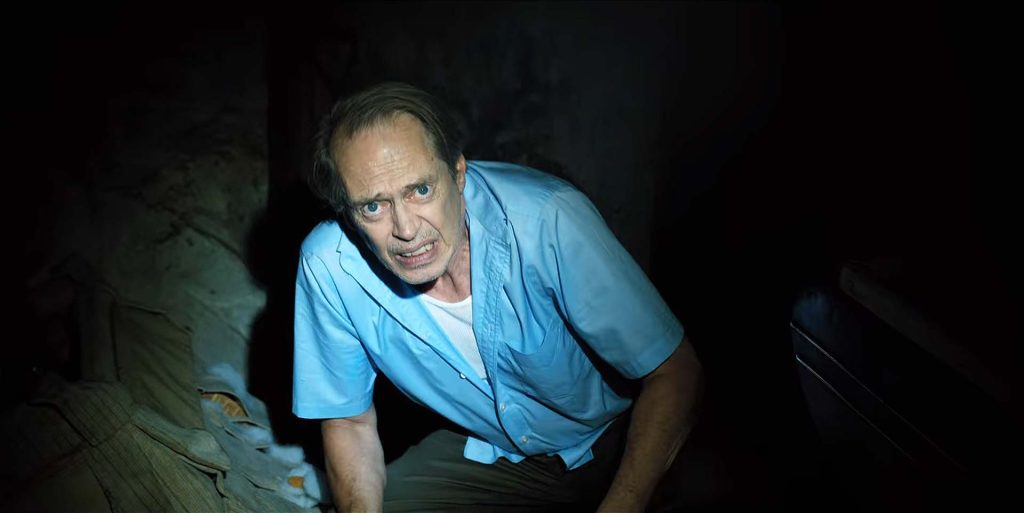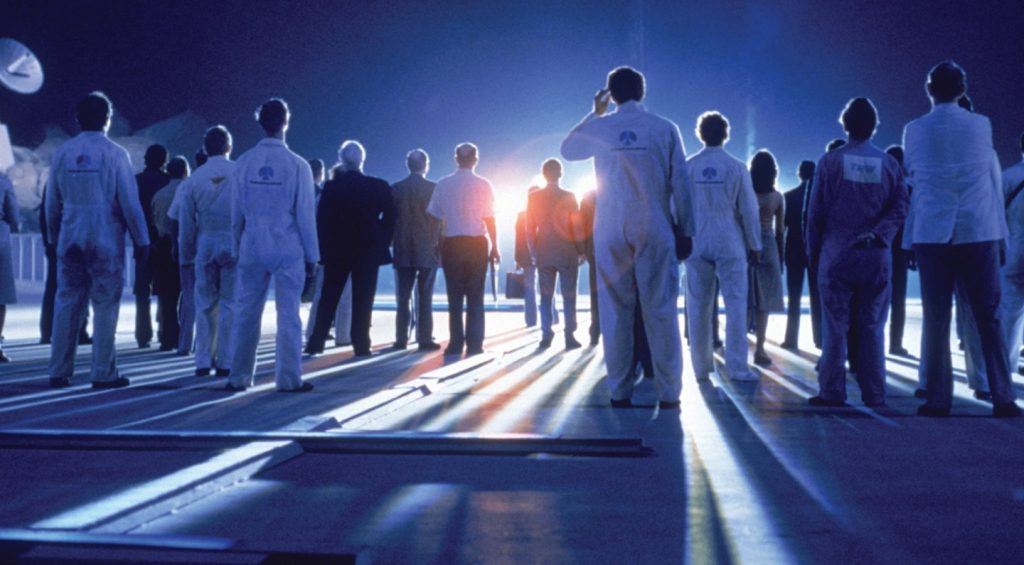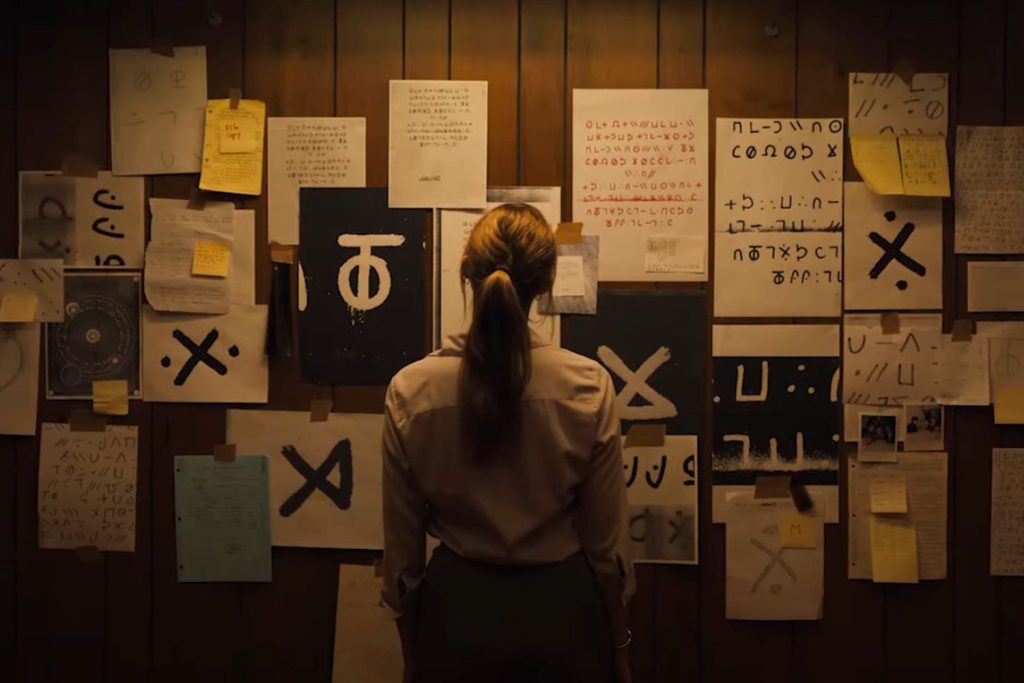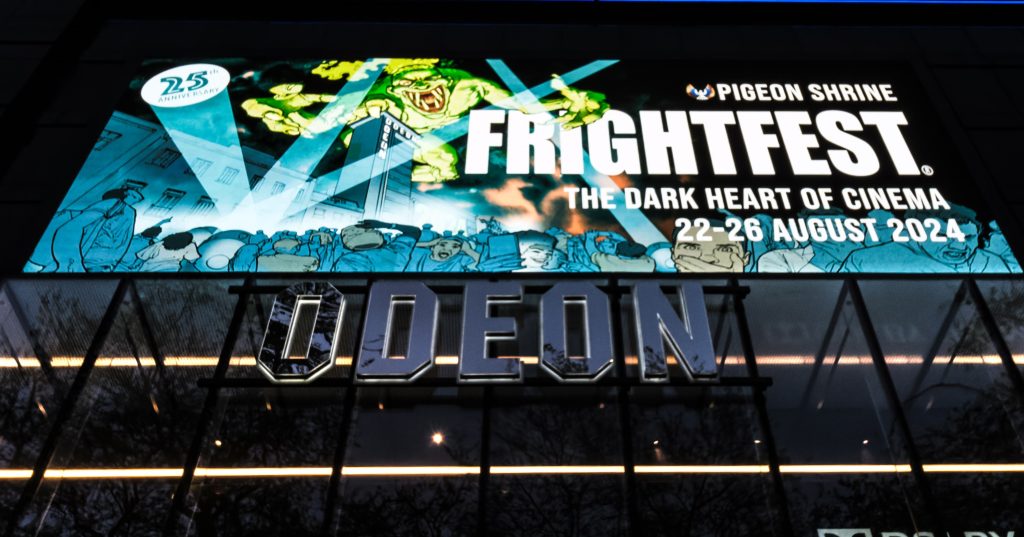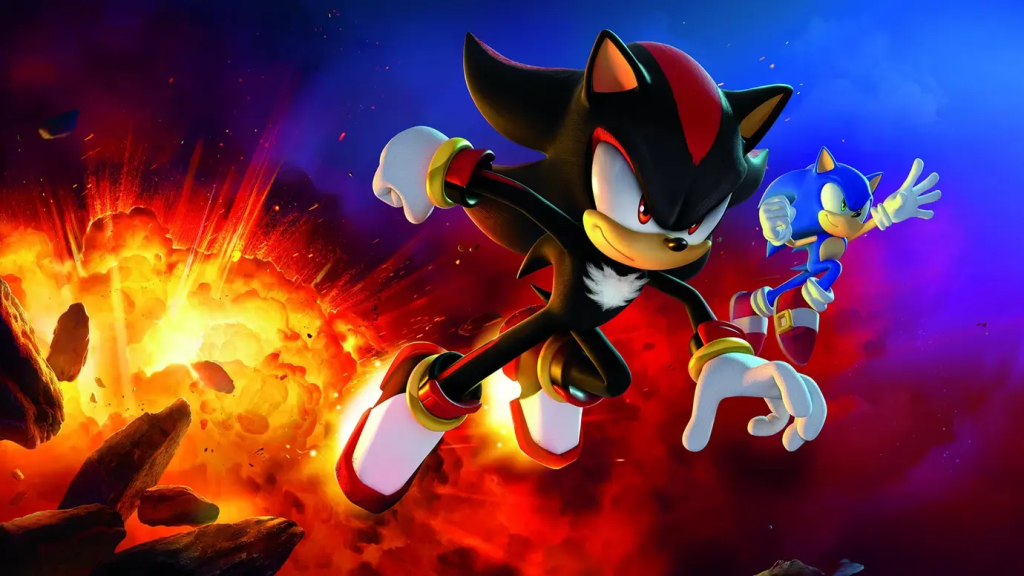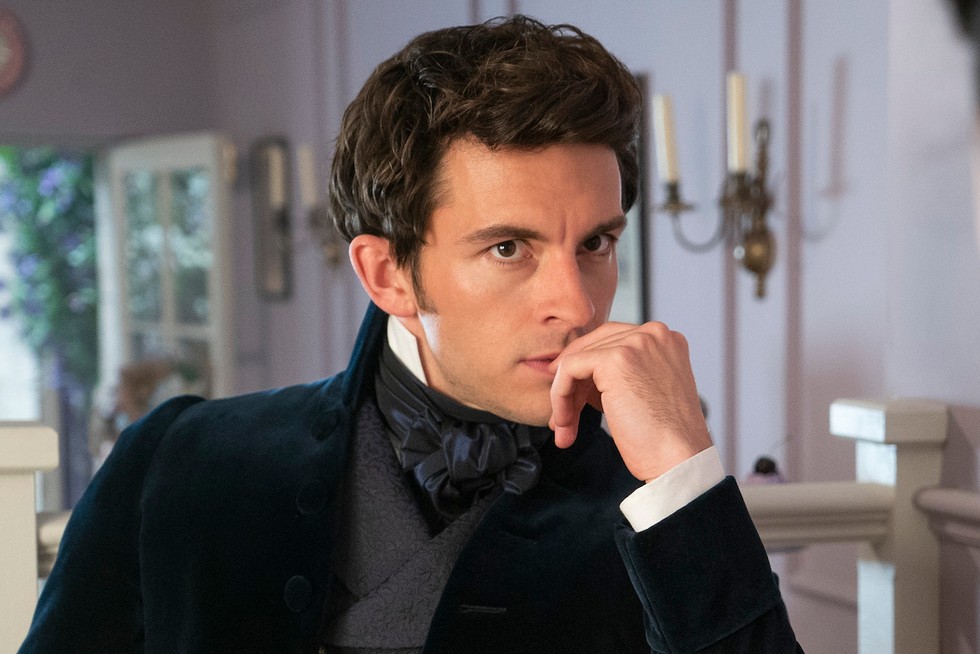Despite hailing from Jersey City, New Jersey, and only being 35 years old, composer Joseph Trapanese has rapidly ascended to join the ranks of today’s most exciting composers. Due in no small part to the composer’s work with such musical luminaries as French electronic acts M83 and Daft Punk) the latter of which he helped compose the massively successful score for Tron: Legacy), along with his work composing scores for films as diverse as the live-action Disney remake of Lady and the Tramp or musical The Greatest Showman, Trapanese seemingly defies categorisation. It’s a fascinatingly broad selection of work in a very short time, and so we were very excited to get the chance to speak with him about his career up to now…
STARBURST: How does a musician and composer who does film scores, who grew up in New Jersey, hook up with two of the biggest electronic-inspired bands out of France?
Joseph Trapanese: Yeah, the kid from Jersey City, right? I’ve no right doing any of this but, you know – I think the funny thing is, I remember going to school and learning about music, attending music conservatory, and just really putting in all this time to try to become a musician. One of the tough things about music conservatories, for me, was that there is always this talk about style. That’s important: you have a style now, but you know, I’m 18. I don’t know what style is. I have no idea; I’m still developing a taste.
I don’t come from a musical family, so it was so exciting you to learn about music. I think that led to me just being so naturally curious about music and what I found is that style is really a development of what your loves and passions are. So, for me, my love and passion were the orchestra. I grew up watching films and listening to film music, falling in love with classic film scores, which obviously use a lot of orchestra, so I naturally wanted to learn about the orchestra.
But at the same time, when I was younger, it was kind of the advent of the home studio. All of a sudden, you could make music on your own and so, I wanted to get my hands on with music. What music could you make on your own? It’s electronic music. You could have a computer make a beat or work with the synthesizer and make electronic music. I was very into producing electronic music just by myself and my bedroom and so, when I went to the music conservatory in New York – which is very classical and classically oriented, learning about Bach and Beethoven and doing that sort of thing – I was always the black sheep.
I’d go down into the basement and play with synthesisers all night, so I think ultimately what led me to hook up with these artists was that I had a certain skillset that helped translate what they were doing to the orchestra. I had such tremendous love and respect for what they did in the studio with electronics, which naturally made me a good collaborator, because there are a lot of people who come from an orchestral background who don’t actually respect that sort of music.
Me being curious and excited is a testament to me as a person. I’m just naturally curious and eager to collaborate and that really led to these these interesting opportunities where I get put in the studio with these amazing musicians.
A kid from New Jersey? How did this happen? I just happened to have this skill set that actually works really well for exactly that type of collaboration.
These are both artists who – even prior to you working with them – did release albums which already had a cinematic lean to them, especially in the case of M83’s Saturdays=Youth, which is very much a concept album built around the idea of John Hughes’ ’80s teen movies and pop with a really glossy sheen to it. However, in addition to working with M83 and Daft Punk, you’ve done so much work in in the action realm. Was that also because it seems like electronic music has been slowly but surely like finding its way into action orchestral scores over the last decade?
Really strongly, and that’s a great point, because one thing to remember about films – that I always tell students if I’m speaking at USC or somewhere – is that directors want their films to be unique. No director ever makes a movie saying, “Oh, this movie’s just like that other movie.” Filmmakers worth working with have these visions and these ideas and a style and aesthetic and a goal.
An important thing is if the composer’s going to be able to bring an equally unique vision to the table. We started off this interview talking about style, and another thing it took me a long time to learn, that I really enjoy doing now is when a director approaches me to talk about a film – whether the film is shot or is going to be shot in two years, it doesn’t matter – is finding their vision for the film and then figuring out how I help delineate that stylistically on my end.
A movie that comes to mind is Only the Brave. Joseph Kosinski was a visionary director I loved working with, but one of the big things he brought to the table to talk about sonically was, first of all, how important guitars are, because these guys had guitars and will play guitars and the music they love was guitar-driven. I’m not a guitarist so, all of a sudden, I had to learn all about the guitar and work with guitar players and figure out how to form textures.
Another thing is the firehouse that these firemen were in – that was a movie about firemen – was just put together with corrugated metal. The outside is these sheets of corrugated metal so the idea was, “What does that sound like musically?” We were talking about Dobros and these metal guitars. It’s interesting: not every idea you have or not every inspiration you have is going to lead you down the right path to something successful, but it’s important, nonetheless, because you’re starting from a place of creativity, rather than building on the shoulders of some other idea.
To get back to your question about why new action scores have these sounds now is exactly that: even when Michael Bay’s making the 18th Transformers, I’d think, “What is the new thing happening here that we can build upon?” I think it’s especially important when you look at sequels. Say, “Hey, we have something already successful going, but if we just did that again, how boring would that be? How do we approach this with a renewed sense of artistry?”
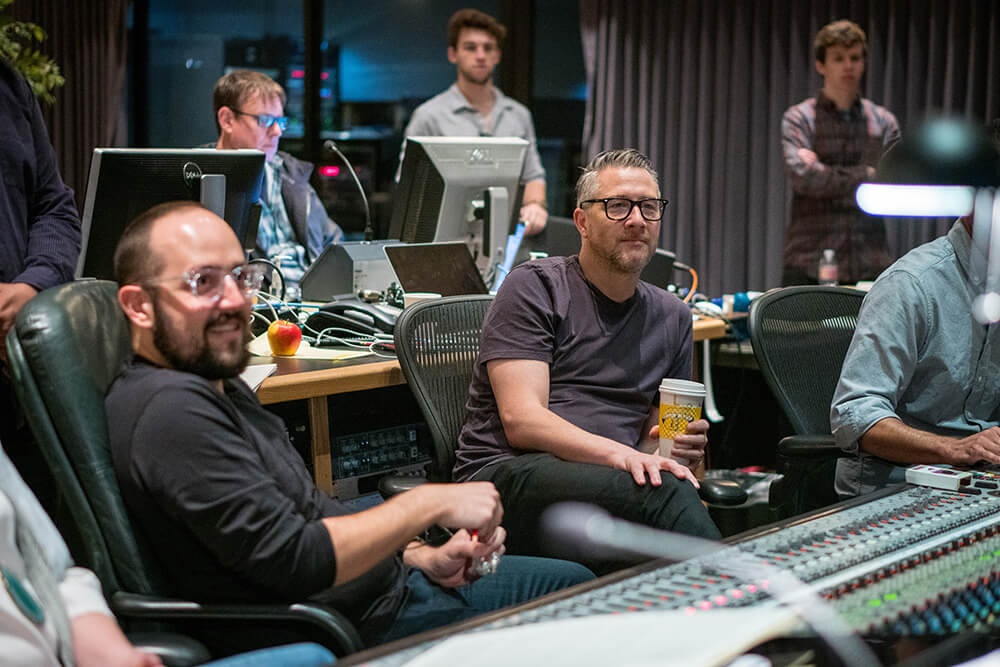
Pic: Dan Goldwasser
Building on the shoulders of other ideas also seems to be something that your talents lend themselves to. When I think about movies as seemingly disparate as Straight Outta Compton, which is a biopic, and then, The Greatest Showman, which – while also technically a biopic – is an out-and-out musical, the music is the message in both of those films. These are movies where there’s already a wall of music and I’m curious as to how you work within those constraints to compliment and contrast?
That kind of goes back to the original question we were talking about: collaboration. That’s something that I feel strongly about: that I bring something where I’m looking at the whole picture. I’m not just thinking, “Oh, this is where my score begins or my score ends.” It’s like, “No – it’s important to think about the entire soundtrack of it as a whole,” and I even mean sound effects. Steven Spielberg famously said that sound is 50% of a movie and he’s right. Most good movies, you could close your eyes, listen to them, and know exactly what’s going on – even without dialogue – and so, it’s really important for me, personally.
The way I work and my aesthetic is for me to be fully aware of the entire sonic picture. That means soundtrack. That means songs. Regardless of whether is there’s one song or there 50 songs, I’d like to be aware. With Straight Outta Compton, the true star of that movie is the music, so it becomes even more important for me to understand my role in a film like that. To talk about Straight Outta Compton for a second: I had some friends say to me when news broke, “Oh, great – you’re going to write a hip-hop score.” I said, “No, I’m not writing anything to do with hip-hop next to the king of hip-hop, Dr. Dre.” Or maybe the Emperor? They’re beyond king, like the important people in hip-hop ever. I’m not going to do anything to compete with that. What I’m going to do is, I’m going to compliment that. I’m going to write music that fills in the blanks. For me, hip-hop is all about bravado, and energy, excitement, and confidence. What we were able to achieve in that biopic is that we looked at the humanity of these artists as people. That’s where the score came in. The score was able to underline the moments of humanity and weakness that we all have. I was able to score the parts of the movie that just couldn’t be going to be scored with hip-hop, so to speak.
The Greatest Showman – that was so much fun for me because, I think my involvement with that film was really full circle, because I started on that film very early, before it was greenlit and helped come up with some of the earliest demos of the songs. I helped Pasek and Paul develop the language of that music, so we kind of launched the film together with those early demos. Then I came back in later in the process to help beautify the score and the songs together and do final production, kind of unifying the tone of the film, so that was really exciting for me, too.
It was a great and really rewarding experience, because I got to work with those incredible songwriters. I got to work with John Debney, one of my musical heroes, and a legend in film scoring. Michael Gracey, I think he’s incredible. I have to pinch myself that, because of the little skill set I have, at times, found myself in these really unique situations which you’d be pressed to find an ‘average film composer’. That’s not necessarily the skill set you’re told to have when you went to become a film composer. Like Liam Neeson says, “I have a very particular set of skills.”

Pic: Dan Goldwasser
The live-action Lady and the Tramp is based on a film that already has a very notable score by Oliver Wallace, with Bella Notte being one of the Disney classics. The Raid: Redemption had a score for the original release in Indonesia. What is it like to have to go through and completely re-score a movie?
I’ll answer them separately, as they’re very both obviously very different scenarios. With Lady and the Tramp, you’re right: legendary music. I mean, how do you wanna ‘rescore’ a cinematic achievement like the original Lady and the Tramp? It kind of ties into something else we spoke about earlier, which is this creative intent. What is the creative intention behind remaking Lady and the Tramp? That’s something that Charlie Bean, the director – whom I’ve known for a very long time – that’s something we spoke about right away, because we didn’t want to fall into the trap of, “We’re remaking a movie because we can.” No. All credit’s due to Charlie. Charlie wanted to establish this for everything about the film: why we are making this film now and the reason for redoing this film now, musically, was because we wanted to dig deeper into the original intention of why the story was being told.
So, for instance the 1955 version of Lady and the Tramp takes place at the same time as our newer version. Our new the story takes place in the teens – around 1910-1915. Somewhere like that. If you watch the original film and you listen to the score and you listen to the songs, the actual quality of the music is very 1950s – and I think this is great and fantastic ’50s music – but we said, “No, if we’re going to retell this story again, let’s dive deep into the music of the actual time period.”
What that led to was looking into the music of New Orleans; black American music and early jazz. All of a sudden, something that could have been this warmed-over, microwaved Lady and the Tramp music became something that had true intent and true direction, and the same thing in the score. For instance, we’re talking about both score and songs, and both score and songs had that intent of looking at that popular music of the 1910s. Then, even for the score, we said, “Okay, so for Lady’s character, she’s this upper middle class character. She’s trained. She has a family, but she has all these things that hint at being upper middle class. Where does that music come from?” and we said, “Oh, well, classical music is very formal – very, very trained. What was the classical music like at the time?”
We went back, digging deep into classical American music – Americana, that sort of thing – and then, what’s exciting is the way these two things met in the score. What wound up happening is Tramp’s character was driven by that early American jazz, and the music of New Orleans. He improvises. He’s fast on his feet – very joyous, but he’s untrained, whereas Lady comes from a more refined school of thought – but when these two characters meet and their lives start to intertwine, it’s the same, too, for their music. All of a sudden, as they meet on this dinner date, this music starts to starts to weave together.
The really exciting thing about our new score is that the music is an integral part of the storytelling process and I think that, if you were to point out one thing which gets me excited about going to the studio each day, it’s exactly that: music can have true intention behind and it can be a part of the storytelling process if you set that up right. It could really enhance the movie and so, I feel really strongly that we were able to do that on Lady and the Tramp.
If I was to talk about The Raid, that’s a whole different genre. The funny thing about The Raid was when Mike Shinoda and I came in, it’s kind of a way to spruce up the movie for American audiences. The film was done, but Sony said, “Hey, we want to do something cool. We’re bringing this to the US. Let’s do a cool score idea.” It’s never a great day when you replace another composers work, because it really is a brotherhood and sisterhood and a family – the family of musicians and artists – and you want to respect each other, so it was really important for me to just say, “I’m not going to listen to the old score. I’m just going to do this from scratch on our own and just see what happens,” and it was one of the most rewarding things to happen.
First of all, I have a great friendship and relationship with Mike Shinoda now. He’s an incredible artist and we’ve worked together since and it’s been such a pleasure to do that, I actually have a great relationship with the original composers that we replaced because, at one point in Sundance, Gareth Evans – our filmmaker – was asked, “Hey, your film was scored twice. Which was your favorite?” and he said, “I love them both. I think that my perfect score would be bits and pieces of both, put together.”
Well, guess what? We get to The Raid 2 and Mike, unfortunately, is too busy working on an album and Gareth says, “Hey, Joe – would you work with my original Indonesian composers on the sequel?” I said, “That sounds fun. That sounds great.” They flew to LA, they got an Airbnb about ten minutes from my house and, every day for a month, we worked together in the score. Gareth would come over in the evening – he was editing at another Airbnb down the street – and we would have dinner. The three of us have been working together all day on the score and it was some of the most fun I’ve ever had.
A lot of times people ask me, “Joe, why do you do all these collaborations? You’re a film composer – just establish your own solo voice?” What I say to them is, “I have done that. You could listen to my solo scores.” For me, to turn down opportunity to work with these cool people and collaborate? That’s ridiculous. I love collaborating with others. Both those stories are really great stories of collaboration – of this effort of working together to make music a real part of the storytelling.
Lady and the Tramp is available to stream on Disney+
Main image by Tim Navis

